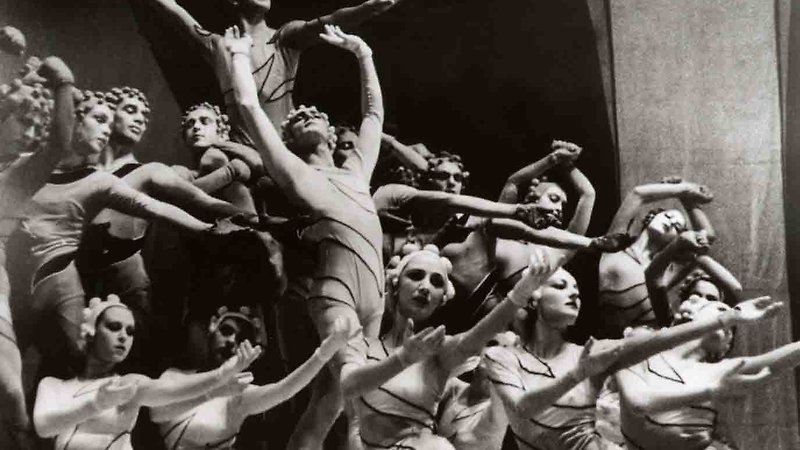Rich, lovely history of the rival ballet companies, originally founded in Paris in 1909, whose troupes toured the world in costumes by Dali, Picasso and Matisse.

Even a stranger to dance can’t help but be swept up by this peek into such exquisite, now vanished glamour.
Screened as part of NZIFF 2006
Ballets Russes 2004
“You do not need to be a balletomane to enjoy Ballets Russes, one of the most engrossing and delightful films I’ve seen this year. In fact, its co-directors, Dayna Goldfine and Dan Geller, were not regular ballet-goers when they were invited six years ago to record a reunion of Ballets Russes performers in New Orleans. Nearly 100 dancers, many of whom hadn’t seen each other for decades, turned up for the occasion, and it’s used as the framing device for this latest addition to the new golden age of movie documentaries that we’re living in. Using new interviews, archive material, amateur films, still photographs, clips from Hollywood films, newspaper headlines, old posters and programmes, they have created a remarkable work of cultural history… Probably what is most impressive about this picture is the dedication of everyone to the ballet – as performers, innovators, bearers of tradition and teachers. In beautiful and handsome old age, they’re still seen to be working on stage, in universities and running ballet schools from Beverly Hills to Copenhagen.” — Philip French, The Observer
“The legendary company, founded in Paris in 1909, used designs and costumes by the likes of Dali, Picasso, and Matisse. It split into two competing troupes, both of which toured the world, and brought classical dance to small-town America. The filmmakers blend performance footage stretching back to the 1930s with recent interviews with surviving members – all of them sharp, spry, and funny. The retired dancers relate their triumphs and trials, describe the politics and personalities, and deliver some technical insights as well as plenty of backstage gossip. It’s a rich, lovely history lesson.” — Ken Marks, New Yorker